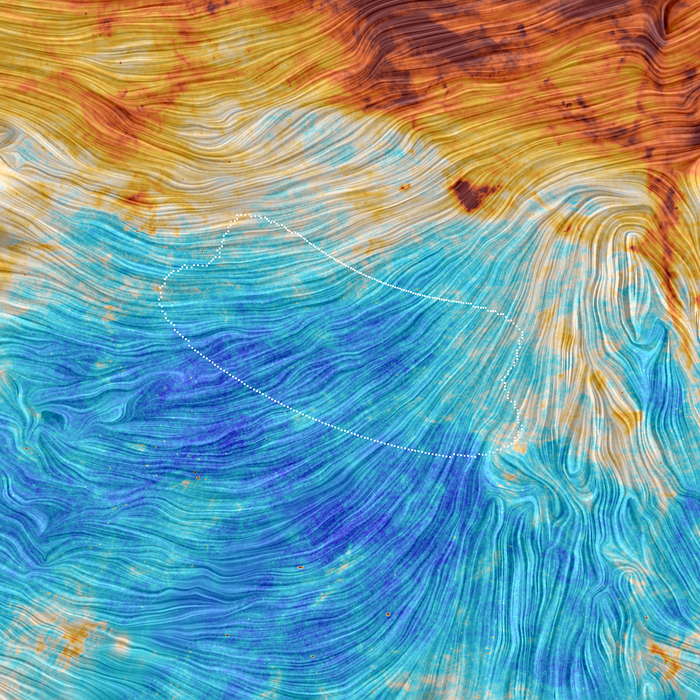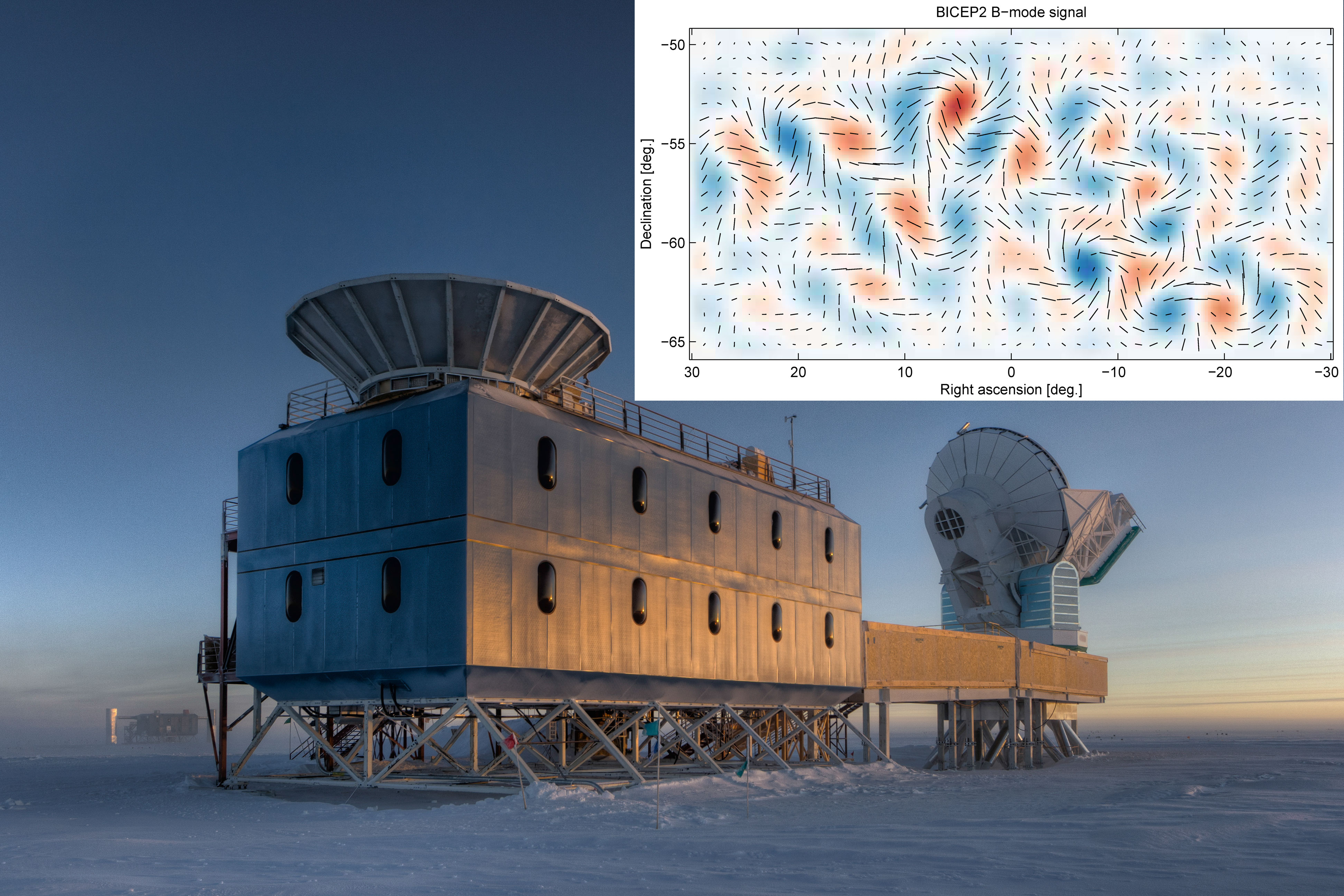Last year we received some incredible news about Cosmology and the Big Bang. An experiment devised to find the signature of the inflationary model of the Universe told the world they had done it! The world cheers, as did many scientists; but of course there are always reasons to be sceptical, especially with claims that have such an impact for humanity let alone the science world.
And now it seems the scepticism was correct, as the conclusive result has now been deemed inconclusive. This doesn’t mean its false, not by a long shot, but it does mean the research team jumped the gun a bit in announcing it. So what happened?

First let’s start with some background. The inflationary model says that during a 10-36 second period of time, somewhere between the time 10-33 to 10-32 seconds after the big bang, the universe expanded exponentially, doubling in size many times over and expanding faster than the speed of light.
If this happened for such a short time so long ago, how can we measure it?
The earliest picture of the universe we possess is the cosmic microwave background radiation (CMBR), which is the now-redshifted light that remains from 380,000 years after the big bang.

Gravitational waves would have been seeded during the inflationary phase, tiny perturbations in the fabric of space time. By studying them we could find hidden information detailing the events of the very early universe. The gravitational waves could leave an imprint on the CMB that can be seen in the polarization of light, where the light waves vibrate in a preferential way. Polarization of light in the sky is usually a mix of two patterns: Circular and radial (Known as E-modes), and curly (Known as B-modes). It is finding the B-modes that can lead to the confirmation of the inflationary model.

So it was with excitement that the BICEP2 team released results stating that they has found the primordial signal from the big bang, and they were met with an enormous response from the academic community and the public.
Now at the time, there was a cautionary note from astronomers across the world. The signal they saw could have been mimicked by dust in our own Galaxy, but the BICEP2 astronomers knew this and used data from the Planck Satellite to determine the amount of dust in their field of view, and they found that the dust was low, so therefore their observations must have come from the inflation of the Universe.
The problem is that the BICEP2 astronomers used preliminary Planck data, and of course, as you may have guessed, the final data revealed a much more significant contribution of Galactic dust in the field of view. Enough dust that their results are no longer statistically significant.
In layman’s terms, this means that they still may be seeing the polarization from inflation, but they need more data to prove that this is the case, and currently the results are inconclusive. This is why science is a rigorous process.
Carl Sagan said it best: “Extraordinary claims require extraordinary evidence.”
Although the BICEP2 team jumped the gun in publicising their information, and probably should have waited until they had conclusive results, I can’t say I would have done things differently. As an astronomer I am excited by scientific discovery, and for a scientist who worked hard day and night in the cold wastes of Antarctica to get a result that could change the way we see the universe, it makes sense that they would want the world to know as soon as possible. They wanted to shout it to the world, and I would have too. The positive end of it all is that scientists get a chance to show the world that we aren’t afraid to admit our mistakes, that we are willing to change our views and put aside our pride in the search for truth.
And truth is what’s important.
